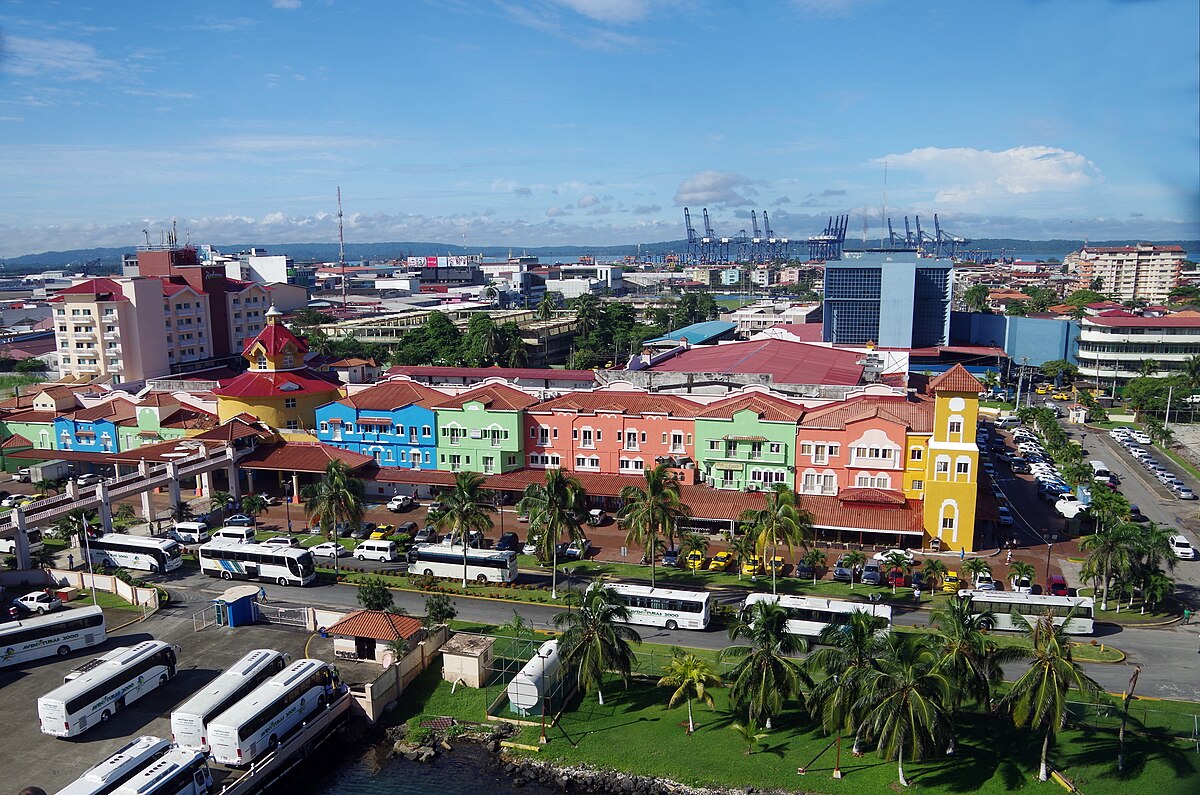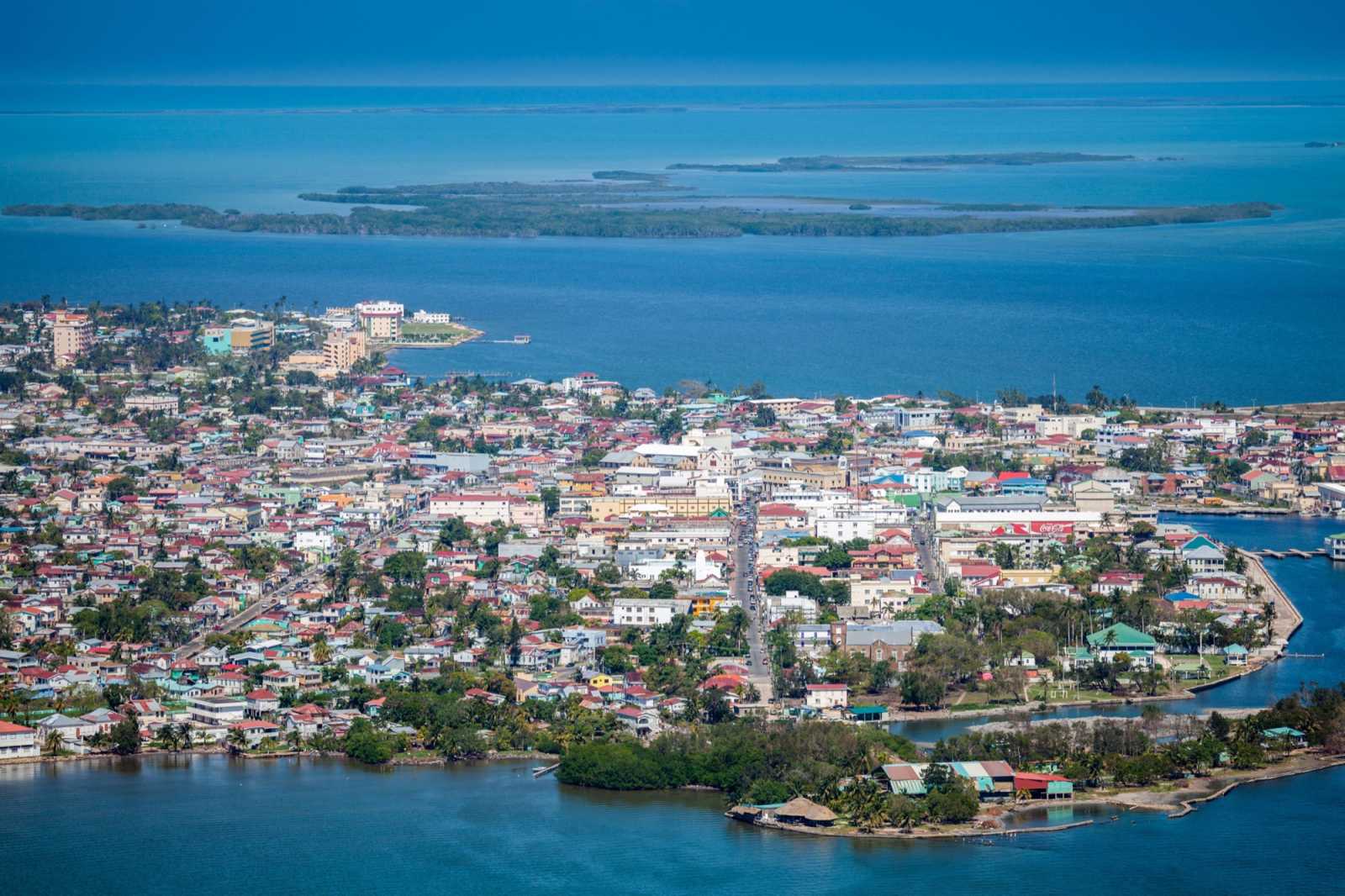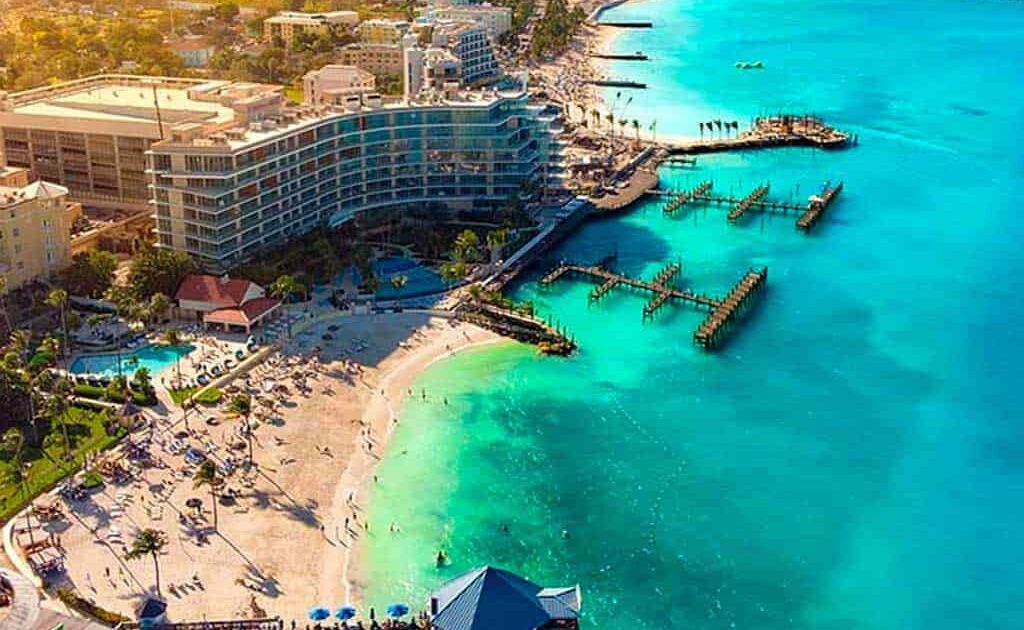Plan Your Travel To Costa Rica
Costa Rica Travel Essentials
Ideal Duration: 8 - 10 days
Currency: Costa Rican Colon (CRC)
Best Time: May - June and November - Early December Read More
Budget: Expensive
"Abundance of Natural Beauty"
Costa Rica Tourism
Costa Rica is a paradise in Central America, renowned for its varied ecosystems, immaculate beaches, and dedication to sustainability. San Jose, the capital, provides cultural activities, while the Arenal Volcano and Monteverde Cloud Forest are excellent places to see stunning natural formations. Discover verdant jungles, go surfing in the Caribbean and Pacific, and see a plethora of species in national parks. Tropical fruits and gallo pinto are staples of Costa Rican cuisine. Costa Rica is a wonderful location for nature lovers and those seeking Pura Vida, the country's pure living concept. It welcomes visitors to explore its rich biodiversity, adventure activities, and eco-tourism, all with an emphasis on environmental protection and a friendly attitude.The Papagayo Peninsula, Rio Celeste, Tamarindo Beach, Manuel Antonio National Park, Arenal Volcano, Tamarindo Cloud Forest, and Corcovado National Park are a few of the major attractions.Hiking, ziplining, fishing, surfing, and snorkelling are among the things you may do. Numerous unusual and varied animal species, including sloths, monkeys, birds, turtles, and more, may be found in Costa Rica. We wish you a pleasant visit!
Must Know Before You Travel to Costa Rica
- Visa Requirements: Check the visa requirements for your country. Most visitors receive a 90-day tourist visa upon arrival.
- Currency: The official currency is the Costa Rican Colón, but U.S. dollars are widely accepted.
- Language: Spanish is the official language, but English is commonly spoken in tourist areas.
- Safety: Costa Rica is generally safe, but exercise caution in crowded areas and avoid displaying valuable items.
- Health Precautions: Vaccinations for diseases like yellow fever may be required. Tap water is safe to drink in most places.
- Weather: The climate varies greatly, so pack accordingly. The dry season (December to April) is popular with tourists.
- Transportation: Consider renting a car for more remote areas, but public transportation is reliable for major tourist destinations.
- Adventure Activities: Embrace the adventurous spirit with activities like zip-lining, white-water rafting, and hiking.
- Respect Nature: Protect the environment and respect wildlife in national parks and reserves.
- Beach Etiquette: Respect local beach etiquette. Some beaches have strong currents, so follow safety guidelines. If you're visiting during turtle nesting season, join guided tours to observe this natural phenomenon.
- Water Safety: While tap water is generally safe in urban areas, it's advisable to drink bottled or purified water in more remote locations. Stay hydrated, especially in the warmer coastal areas.
- Volcanoes and Hot Springs: Explore Costa Rica's volcanoes, such as Arenal and Poás. Many volcanic areas offer natural hot springs for a relaxing soak amid stunning landscapes.
- Time Zone: Costa Rica operates on Central Standard Time (CST) or UTC-6. Confirm the local time at your specific destination.
Tourist Places to Visit In Costa Rica
Costa Rica Travel Packages
Compare quotes from upto 3 travel agents for free
View All Packages For Costa rica
More on Costa Rica Travel
All collections about Costa rica
Best time to visit Costa Rica
Summers in Costa Rica are hot and humid. However, the country is not foggy, and you can enjoy mesmerising views. Heavy rainfall is witnessed during September to October. The best time to explore the (Read More)country is from May to June and from November to early December when the beauty of Costa Rica reaches another level. Avoid visiting in December end, because the place is very crowded and hotel prices are unbelievingly high. country is from May to June and from November to early December when the beauty of Costa Rica reaches another level. Avoid visiting in December end, because the place is very crowded and hotel prices are unbelievingly high.
Top Stories about Costa Rica Tourism
All collections about Costa ricaRead More on Costa Rica Travel
Exchanging money in Costa Rica:
Exchanging money is a must for a seamless trip to Costa Rica. Although US dollars are commonly accepted, the Costa Rican Colón (CRC) is the currency used locally. For convenience, it is best to carry a combination of both currencies. Although banks and airports provide currency exchange services, utilizing ATMs is frequently the most economical choice. Airport fees and exorbitant exchange rates should be avoided. Although most places accept credit cards, small companies can prefer cash. Put security first and utilize the ATMs located inside banks. All things considered, converting money in Costa Rica is simple, so you're set to go exploring this stunning nation.
Nightlife in Costa Rica:
The nightlife in Costa Rica is dynamic, with something to suit every taste. A bustling bar and club scene including live music, salsa dancing, and handcrafted drinks can be found in San Jose. Beachfront bars and beach parties are well-known features of the coastal villages of Tamarindo and Jaco. Enjoy a relaxed vibe with beachside bars and lounges in Manuel Antonio and Quepos. Discover the hot springs in the Arenal region; several offer entertainment throughout the evening. A native sugarcane-based liquor called Cacique Guaro is a must-try while you take in the vibrant Costa Rican nightlife.
Shopping in Costa Rica:
With a focus on regional handicrafts and environmentally sustainable goods, Costa Rica provides a distinctive shopping experience. For coffee, souvenirs, and handcrafted goods, check out the Mercado Central in San Jose, one of the area's main marketplaces. Sarchi is well known for its exquisitely painted oxcarts, which are an iconic part of Costa Rican culture. Discover coffee farms and bring some of the best coffee in the world home with you, coffee lovers. Beautiful paintings and sculptures from Costa Rica's thriving art scene may be seen at markets and galleries. Always remember to negotiate for the best prices at markets and to support regional craftspeople.
Festivals in Costa Rica:
Costa Rica has a wealth of festivals honoring its customs and culture. Live music, bullfights, and rodeos are all included at the January Fiestas de Palmares. During Semana Santa, which is the Holy Week preceding Easter, religious celebrations and processions take place. Bright parades and traditional dances are on display on July 25, the National Day of Annexation of Guanacaste. A magnificent Christmas procession, including lit floats, takes place in December during the Festival de la Luz. Costa Ricans display their sense of community and rich tradition by celebrating these occasions with pleasure and harmony.
Hygiene in Costa Rica:
Costa Rica is known for its dedication to hygienic practices and cleanliness. Because of stringent water treatment regulations, tap water is usually safe to consume in most places. But in isolated areas, it's best to use bottled water. Food safety is a top concern, and the majority of eateries uphold strict hygienic practices. There are well-maintained sanitary facilities, and handwashing is advised. In some places, using insect repellent is necessary to prevent infections spread by mosquitoes. Travelers may expect a pleasant and safe experience overall because of Costa Rica's commitment to maintaining high standards of hygiene and health.
Tips for visiting Costa Rica:
- Embrace Pura Vida: This Costa Rican philosophy embodies a simple, happy life. Slow down, enjoy nature, and be present.
- Eco-conscious Travel: Respect the country's rich biodiversity. Stay in eco-friendly accommodations and support conservation efforts.
- Learn Some Spanish: While English is widely spoken, basic Spanish phrases can enhance your experience.
- Weather Awareness: Pack for diverse climates. Costa Rica has both tropical beaches and cooler mountain regions.
- Adventure Awaits: Explore rainforests, zip-line through canopies, and go wildlife-watching.
- Cash and Cards: Have a mix of colones and US dollars. ATMs are widely available.
- Safety First: Use reliable transportation, stay in well-reviewed accommodations, and be mindful of your belongings.
Foods of Costa Rica:
The food of Costa Rica is a beautiful fusion of cultures and tastes. "Gallo pinto," or rice and beans, is a mainstay of almost any meal. Sweet and flavourful plantains are popular side foods. There's no shortage of seafood, and "ceviche" is a cool seaside specialty. Typical "casados" consist of rice, beans, veggies, and protein. Enjoy "tamales" and "empanadas," which are street foods, throughout the Christmas season. Taste the rich, fragrant coffee and have a sweet, cool "agua de sapo" instead. With something to suit every scheme, Costa Rican cuisine is a taste adventure.
Photos of Costa Rica
All Country Photos Costa rica
Popular Questions And Answers on Costa Rica
What is the best time to visit Costa Rica?
The best time to visit Costa Rica is during the dry season, which typically runs from December to April.
What is the currency of Costa Rica?
The currency used in Costa Rica is the Costa Rican Colón (CRC), but US dollars are widely accepted.
Do I need a visa to visit Costa Rica?
Most tourists from the United States, Canada, and many European countries do not need a visa to enter Costa Rica for stays of up to 90 days. However, you will need a valid passport.
What are the must-see attractions in Costa Rica?
Some of the must-see attractions in Costa Rica include Arenal Volcano, Monteverde Cloud Forest, Manuel Antonio National Park, and Tortuguero National Park for turtle nesting.
Is it safe to drink the tap water in Costa Rica?
In general, it's safer to drink bottled or purified water in Costa Rica, as tap water in some areas may not be potable.
What wildlife can I expect to see in Costa Rica?
Costa Rica is known for its rich biodiversity. You can expect to see various species of monkeys, sloths, colorful birds, and numerous reptiles in its rainforests and national parks.
What activities are popular in Costa Rica?
Costa Rica offers a wide range of activities, including zip-lining, hiking, surfing, snorkeling, and exploring hot springs. Ecotourism is also popular.
What is the cuisine of Costa Rica like?
Costa Rican cuisine often includes staples like rice and beans (gallo pinto), plantains, fresh seafood, and tropical fruits. Don't miss trying a casado, a traditional Costa Rican meal.
Are there any health precautions to take before traveling to Costa Rica?
It's advisable to check with your doctor about any necessary vaccinations and to take precautions against mosquito-borne illnesses like dengue and Zika.
What is the official language of Costa Rica?
The official language of Costa Rica is Spanish. However, many people in the tourism industry also speak English, especially in popular tourist areas.



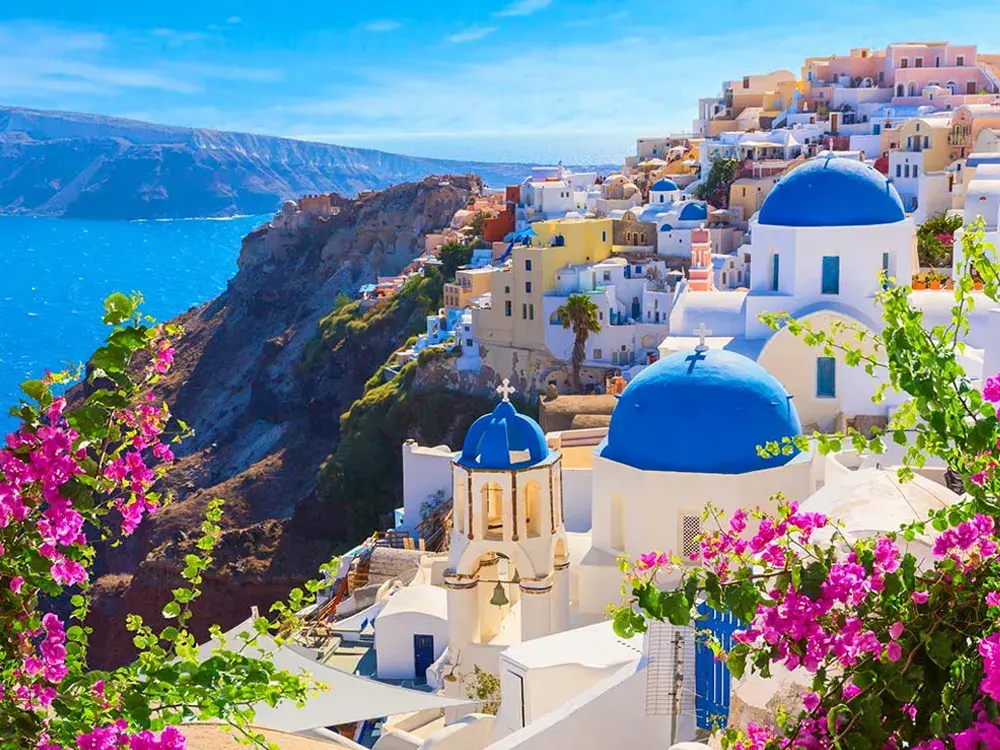
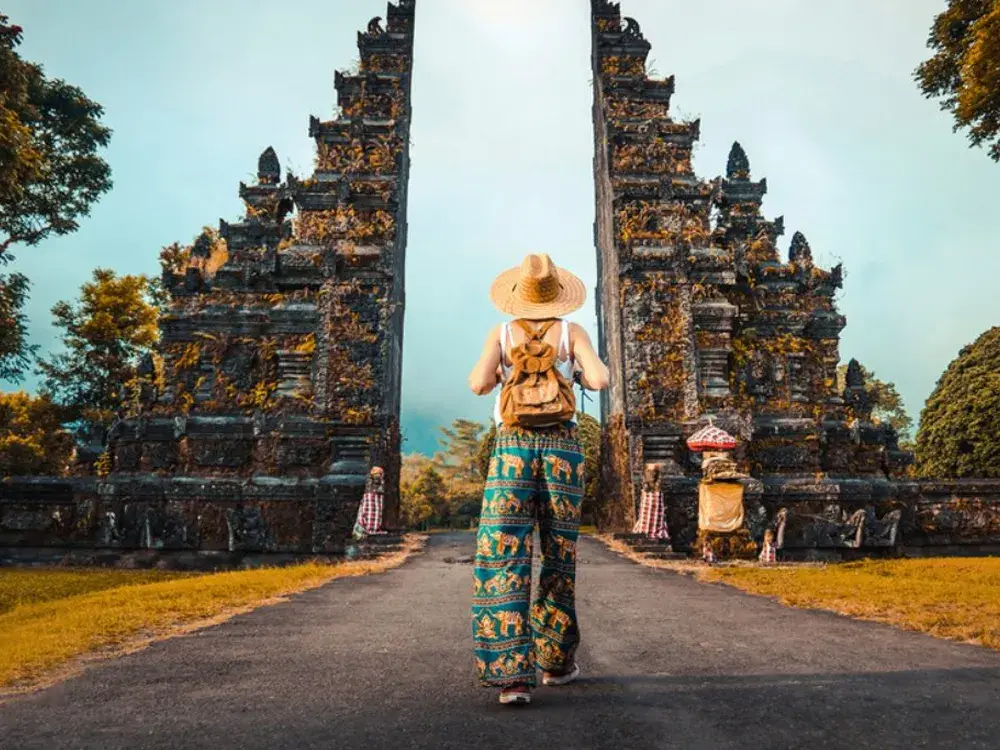
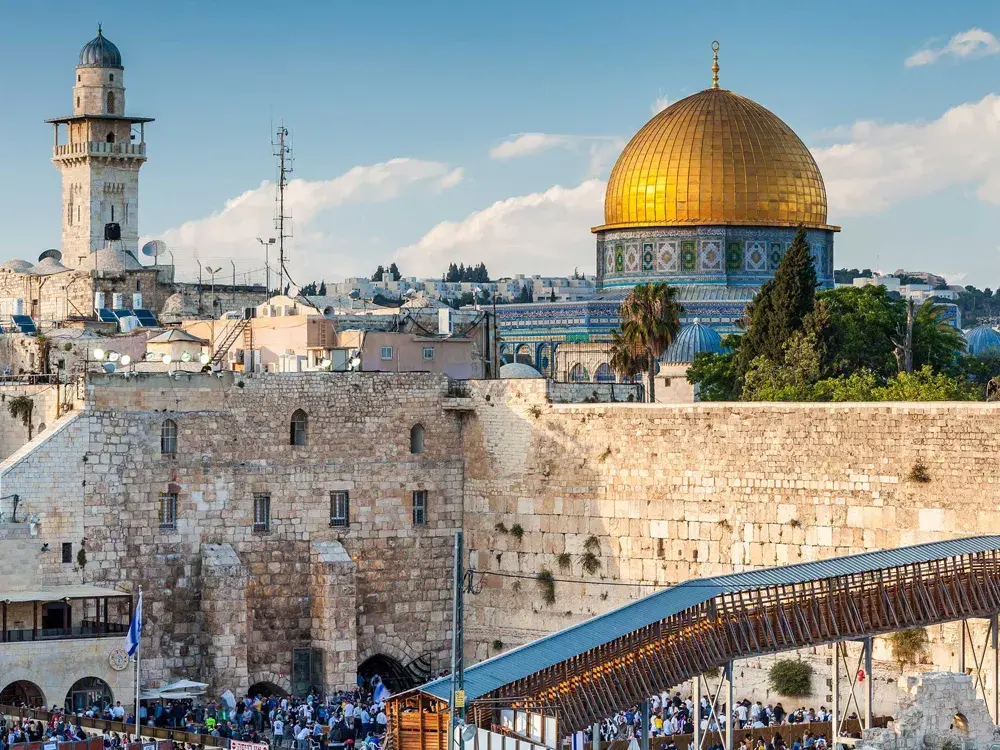
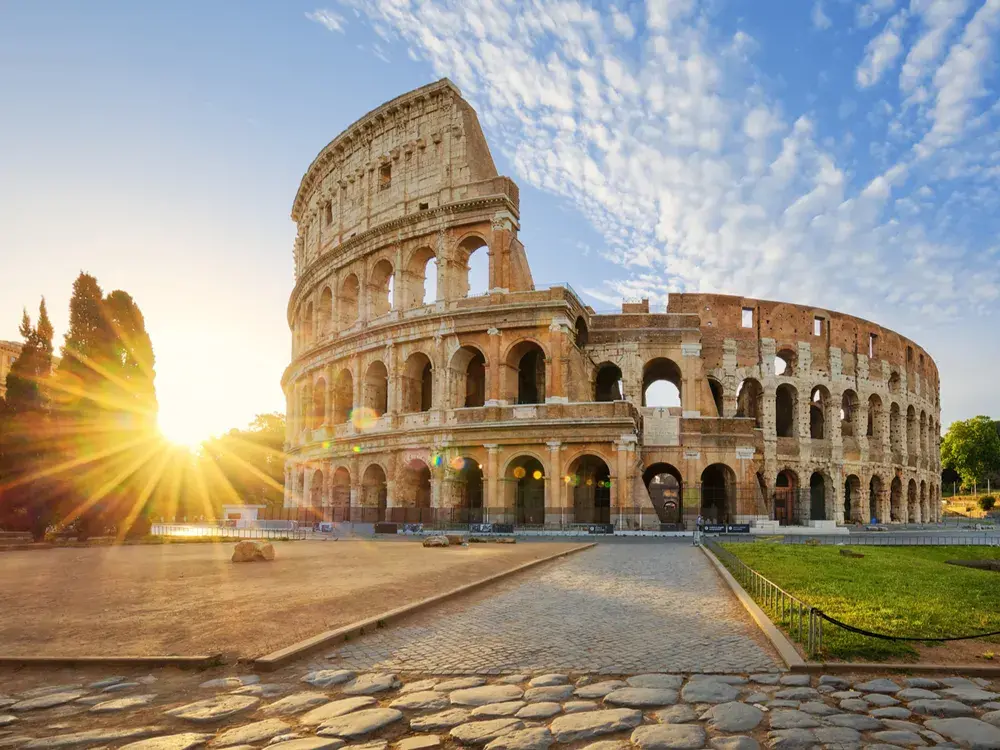
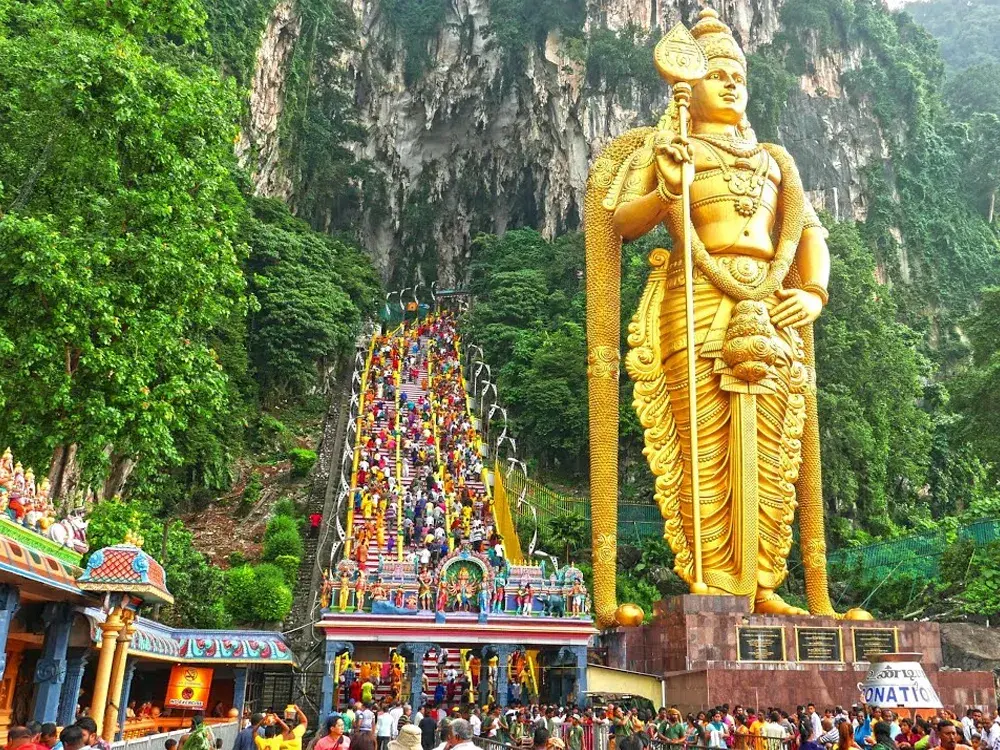
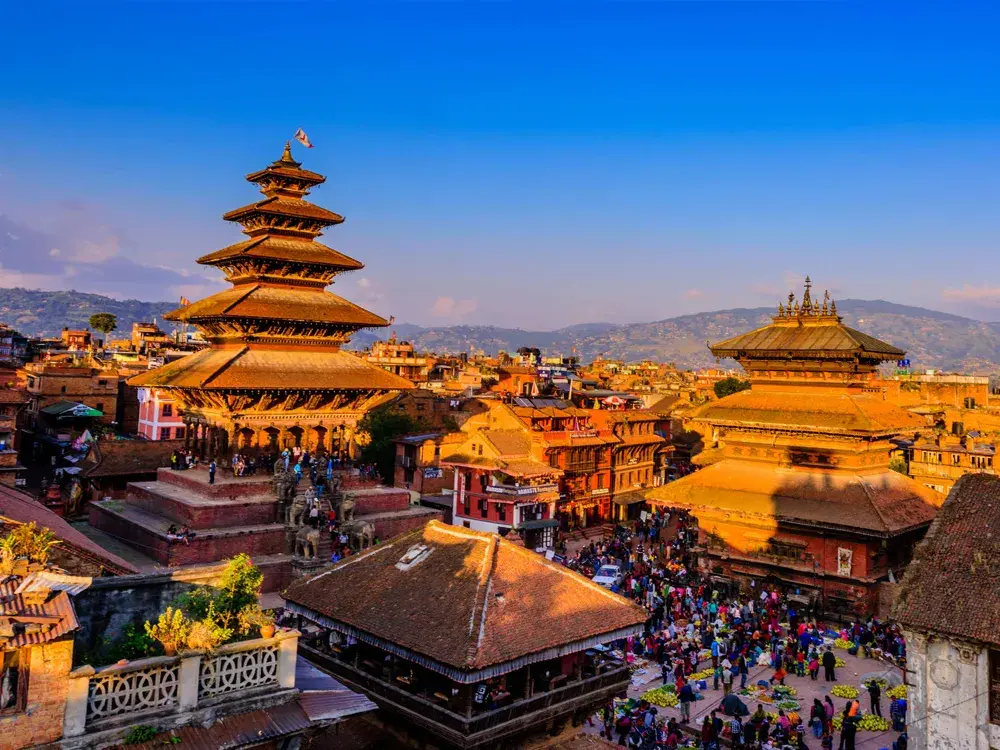
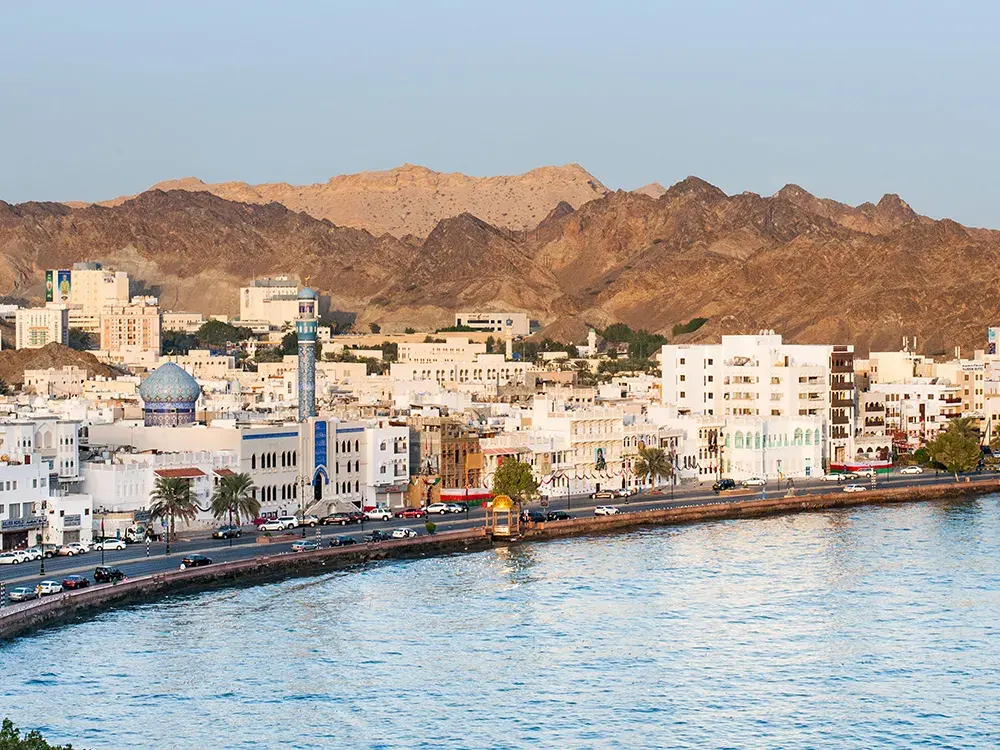
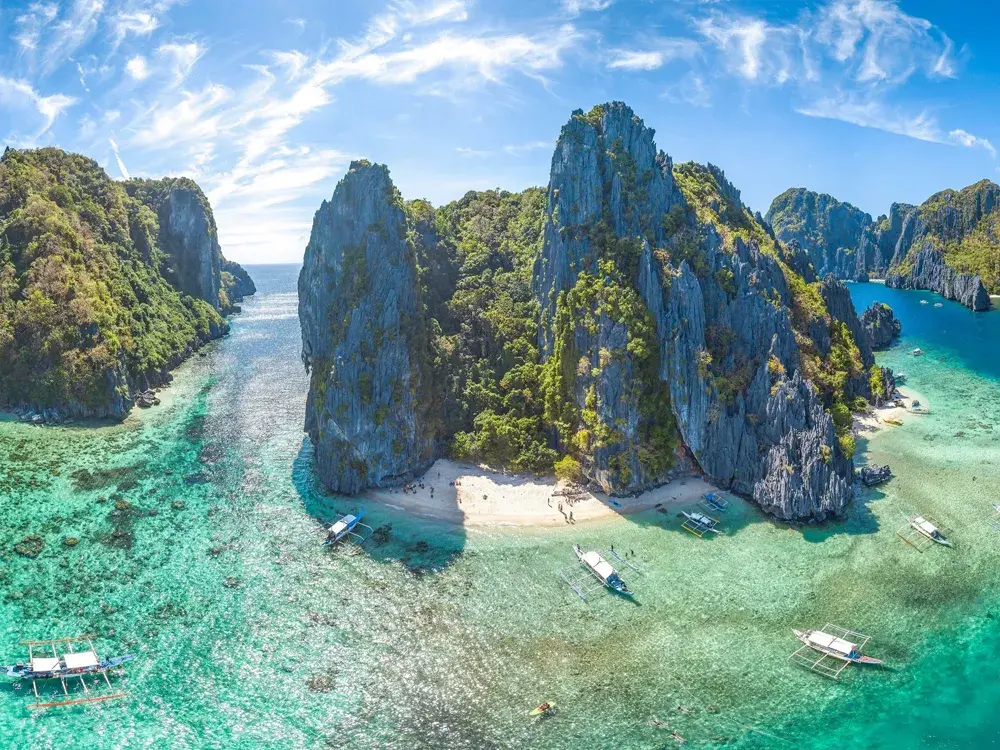
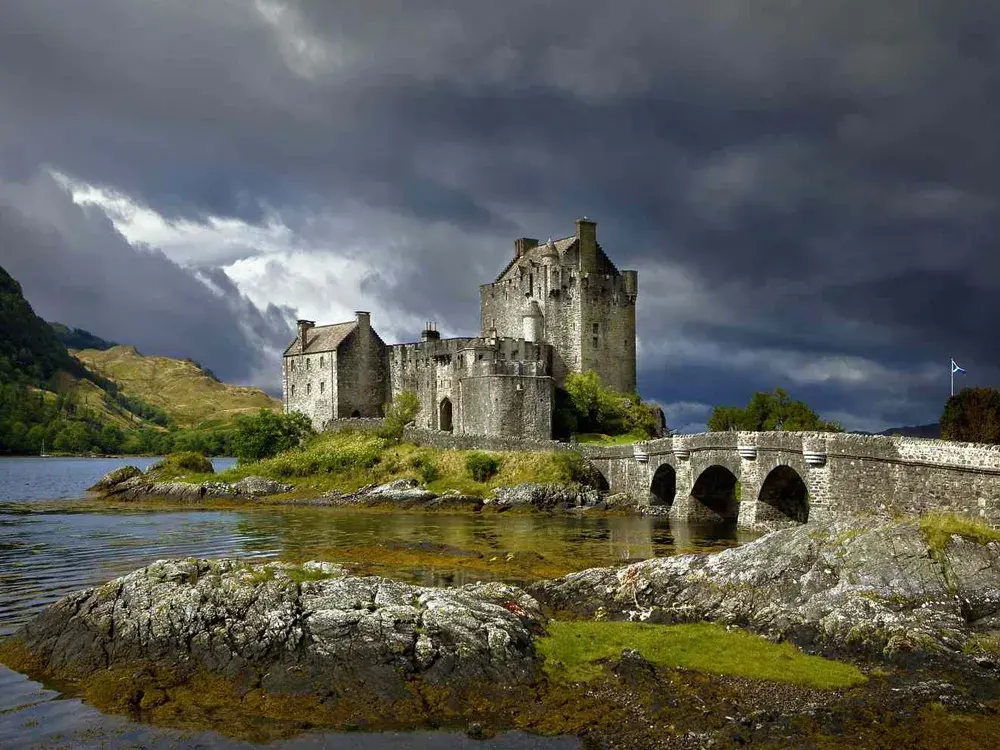
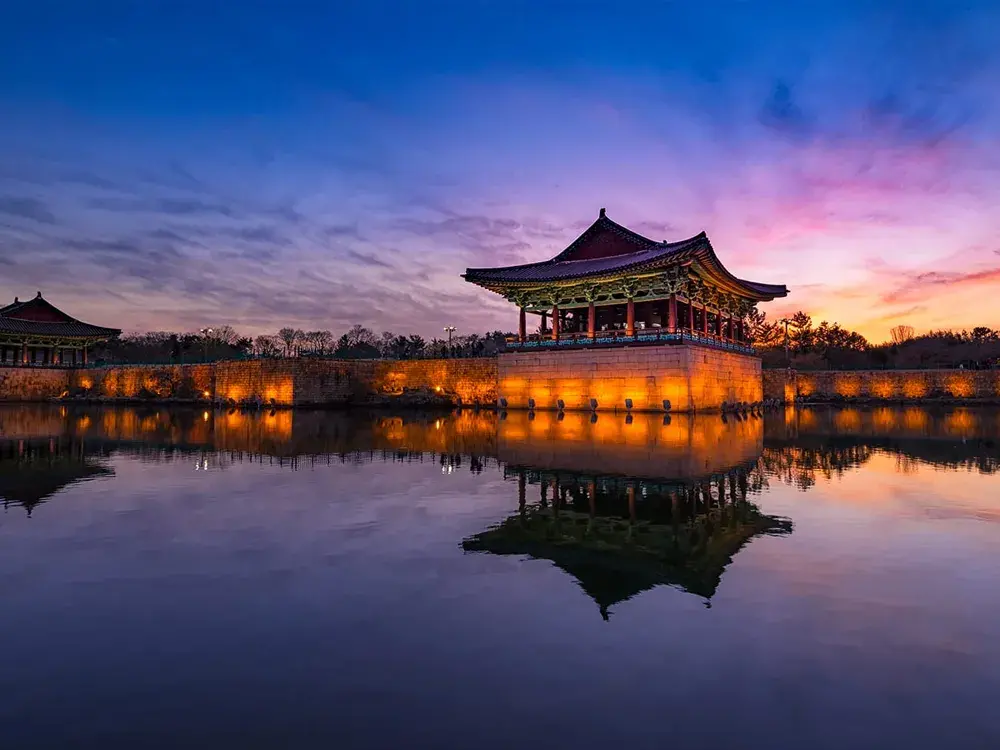
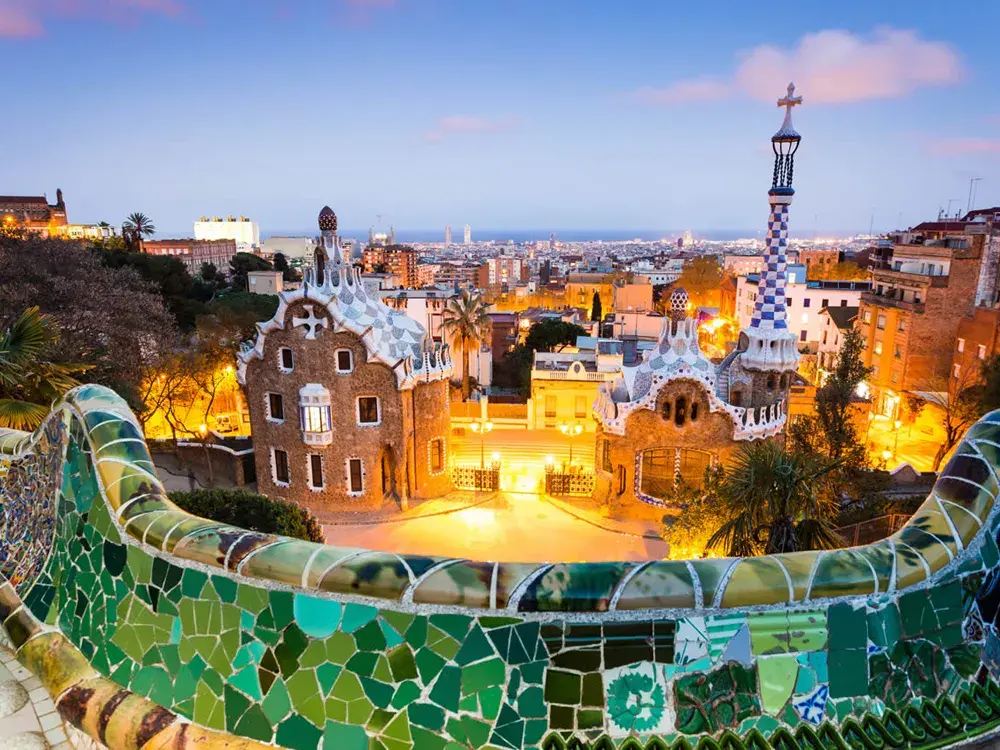
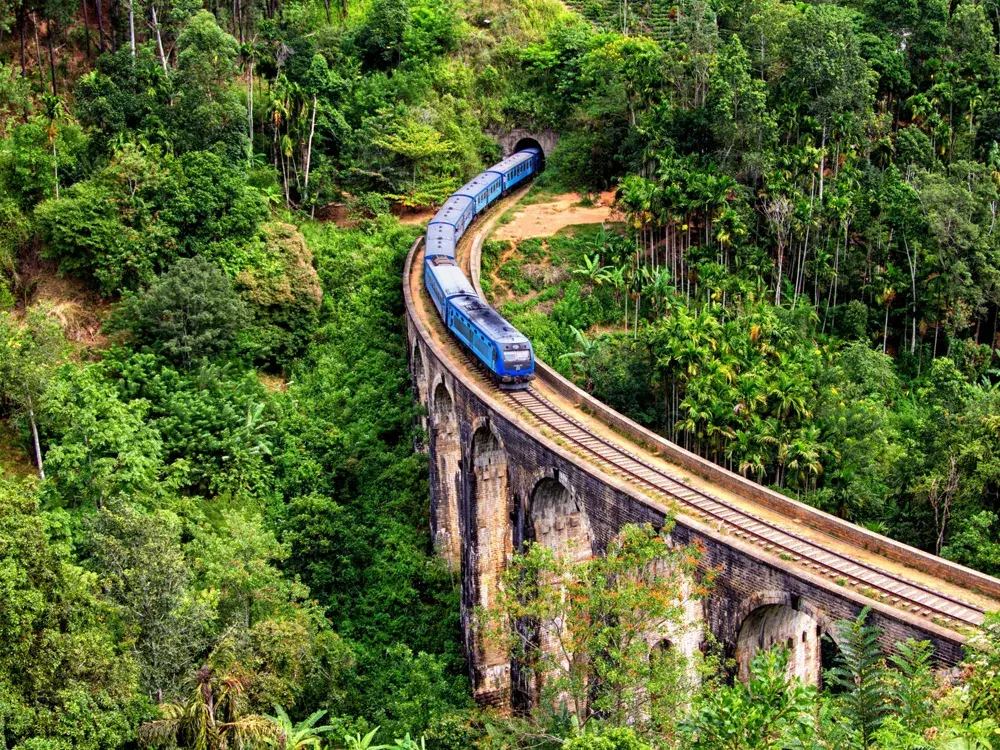
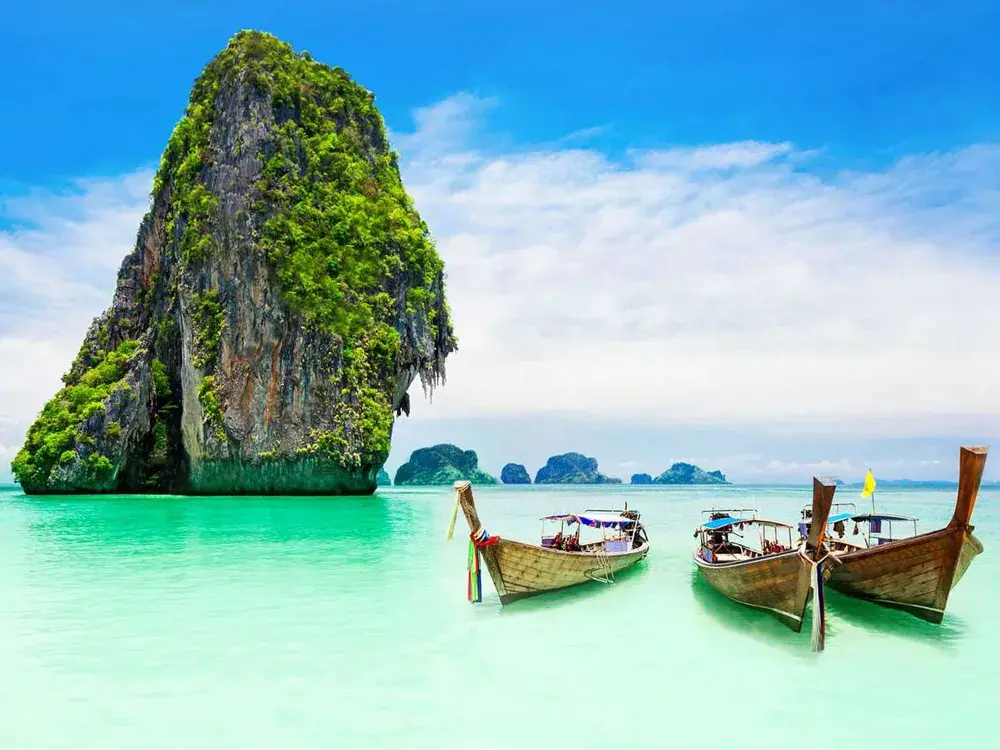
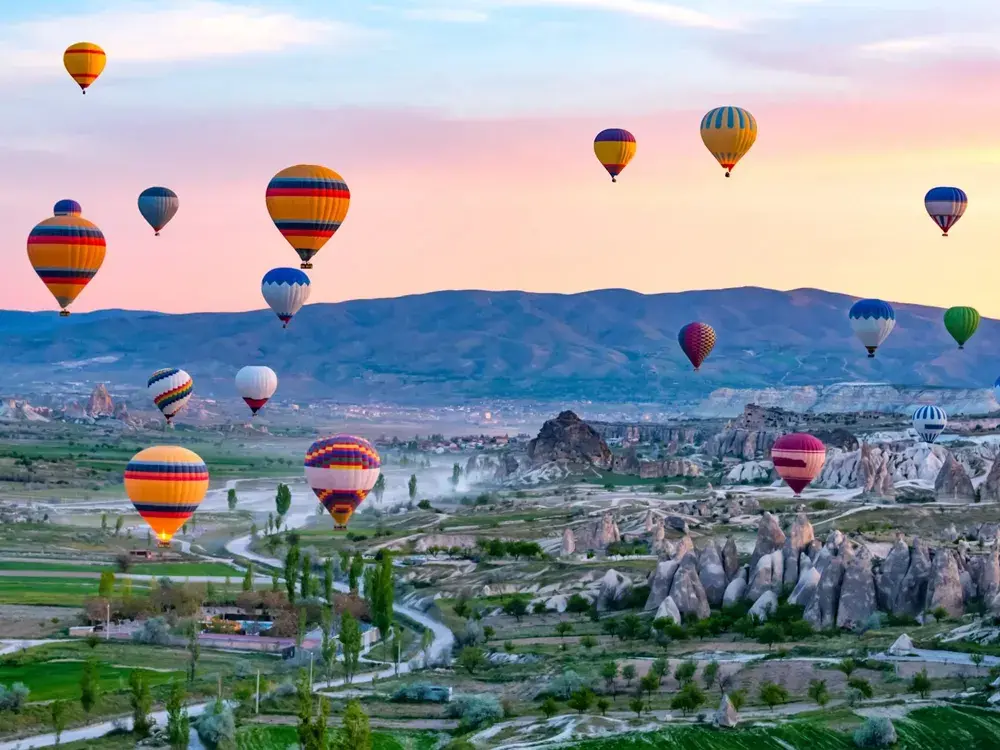
.webp)






